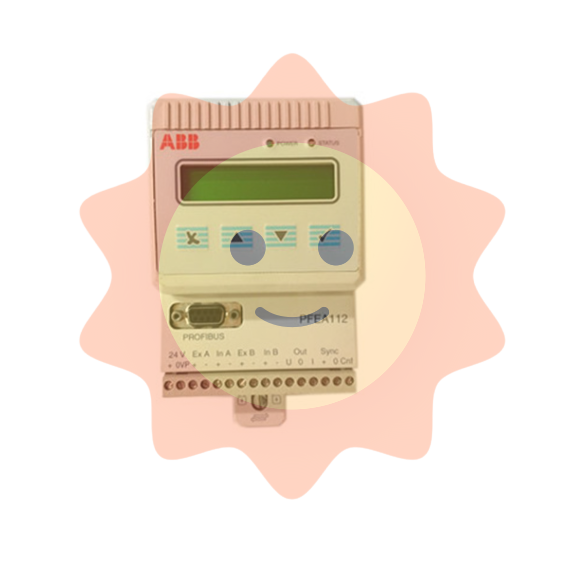High-end development: new materials, new technologies, new equipment, new brands... Multi-dimensional upgrading temper the core competitiveness
picture
Textile machinery is the foundation of China's textile industry and the important support of the whole textile industry chain. During the "14th Five-Year Plan" period, the textile machinery industry will focus on "accelerating the pace of transformation from scale development to high-quality development, building a new development pattern with domestic cycles as the main body and domestic and international double cycles promoting each other, maintaining stable development of the industry economy on the basis of quality improvement, and maintaining an average annual growth of operating income in a reasonable range." The overall development goal of steadily increasing the global market share of exports is to focus on the implementation of six key projects such as textile green production equipment, textile intelligent processing equipment, high-tech textile equipment, textile enterprise intelligent manufacturing upgrade, textile machinery generic technology, and textile machinery standard system, promote the development of 10 subdivisions, and promote the advanced industrial base and modernization of the industrial chain. Promote textile equipment for the future textile industry to expand into a modern industrial emerging resources industry to make equipment support, and strive to basically achieve domestic textile equipment domestic market share at the end of the "14th Five-Year Plan" stable at about 80%, domestic textile equipment exports accounted for more than 20% of the world.
New technology is an important help to achieve high-end

As a petroleum-based product, the chemical fiber industry has been looking for new technologies to replace oil routes, and coal-to-ethylene glycol technology is one of the most popular. Coal to ethylene glycol technology uses relatively rich coal resources in China instead of oil route to produce a large amount of ethylene glycol dependent on imports in China, which has an important impact on the development of China's energy industry, modern coal chemical technology and polyester industry. Yao Yuangen, a researcher at the Fujian Institute of Material Structure of the Chinese Academy of Sciences, said: Through statistics on the apparent consumption of ethylene glycol in China from 2004 to 2019, it can be found that the apparent consumption of ethylene glycol has quadrupled in 15 years. In terms of technology, the first generation of coal to ethylene glycol technology has promoted the development of technology and industrialization boom, and the current national production capacity is about 6 million tons, and the output is about 2.5 million tons; The new generation technology has been calibrated in September 2018, and the cost can be significantly reduced compared to the first generation technology.
He said that the recent ethylene glycol futures price has risen sharply, has returned to the historical average level, so that coal glycol has a large profit room. In view of the technological development and application promotion of coal-to-ethylene glycol, he pointed out that the quality control of coal-to-ethylene glycol products begins with the oxidation esterification unit, and the purity of DMO is the premise to ensure the purity of hydrogenation products; The selectivity and stability of hydrogenation catalyst are the decisive factors for the quality control of final product. Different separation and purification processes were designed for hydrogenation products, and the residence time of distillation process was reduced as much as possible to reduce the disturbance of product quality caused by side reactions. Coal-to-ethylene glycol products have gradually been accepted by downstream polyester manufacturers, but also need to work together upstream and downstream to completely solve the application of coal-to-ethylene glycol.
picture
Basalt fiber, as a branch of high-performance fiber, has attracted much attention in recent years. Ye Guangdou, professor of Sichuan University, introduced: After 20 years of development, China has successfully developed two kinds of production technology of all-electric method and gas-electric bonding method, and the annual production capacity of the country is about 100,000 tons by the end of 2020, the output is about 20,000 tons, and the research and development of fiber production technology and equipment has made great progress. However, China's continuous basalt fiber industry is still in the early stage of development, basic research on industrialization technology is weak, large-scale production technology and device maturity is not high, and the industry has not yet formed a co-creation, co-construction and sharing mechanism. To this end, he suggested that the industry should strengthen basic technology research, break through the key core technology of continuous basalt fiber raw materials and the pool kiln method, large leakage plate, intelligent fiber production technology, strengthen fiber performance and application research, carry out the research of basalt melt preparation iteration technology, rationally layout bigger and stronger the whole industrial chain, and promote the continuous basalt fiber industry to achieve high-quality development.
- EMERSON
- Honeywell
- CTI
- Rolls-Royce
- General Electric
- Woodward
- Yaskawa
- xYCOM
- Motorola
- Siemens
- Rockwell
- ABB
- B&R
- HIMA
- Construction site
- electricity
- Automobile market
- PLC
- DCS
- Motor drivers
- VSD
- Implications
- cement
- CO2
- CEM
- methane
- Artificial intelligence
- Titanic
- Solar energy
- Hydrogen fuel cell
- Hydrogen and fuel cells
- Hydrogen and oxygen fuel cells
- tyre
- Chemical fiber
- dynamo
- corpuscle
- Pulp and paper
- printing
- fossil
- FANUC
- Food and beverage
- Life science
- Sewage treatment
- Personal care
- electricity
- boats
- infrastructure
- Automobile industry
- metallurgy
- Nuclear power generation
- Geothermal power generation
- Water and wastewater
- Infrastructure construction
- Mine hazard
- steel
- papermaking
- Natural gas industry
- Infrastructure construction
- Power and energy
- Rubber and plastic
- Renewable energy
- pharmacy
- mining
- Plastic industry
- Schneider
- Kongsberg
- NI
- Wind energy
- International petroleum
- International new energy network
- gas
- WATLOW
- ProSoft
- SEW
- wind
- ADVANCED
- Reliance
- YOKOGAWA
- TRICONEX
- FOXBORO
- METSO
- MAN
- Advantest
- ADVANCED
- ALSTOM
- Control Wave
- AB
- AMAT
- STUDER
- KONGSBERG
- MOTOROLA
- DANAHER MOTION
- Bently
- Galil
- EATON
- MOLEX
- Triconex
- DEIF
- B&W
- ZYGO
- Aerotech
- DANFOSS
- KOLLMORGEN
- Beijer
- Endress+Hauser
- MOOG
- KB
- Moxa
- Rexroth


Email:wang@kongjiangauto.com






















































































































